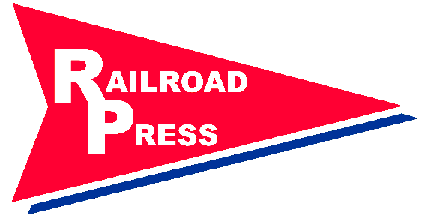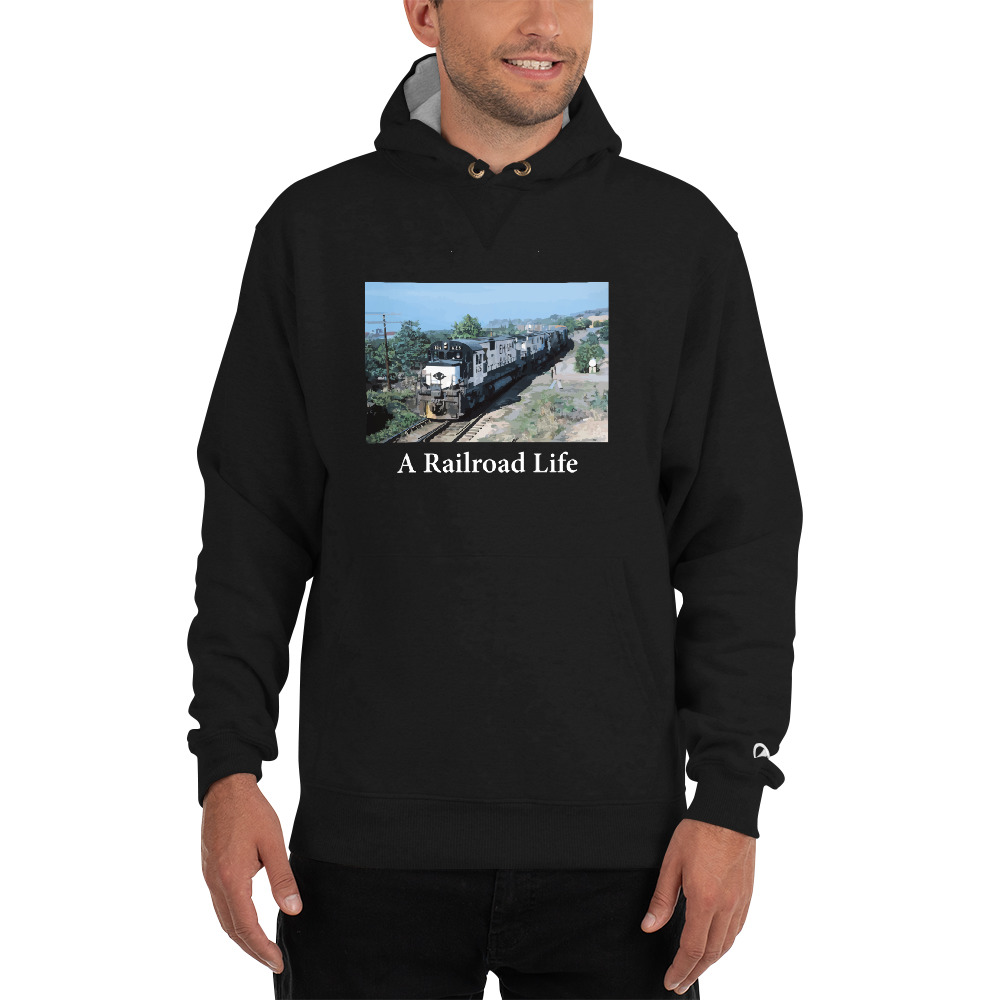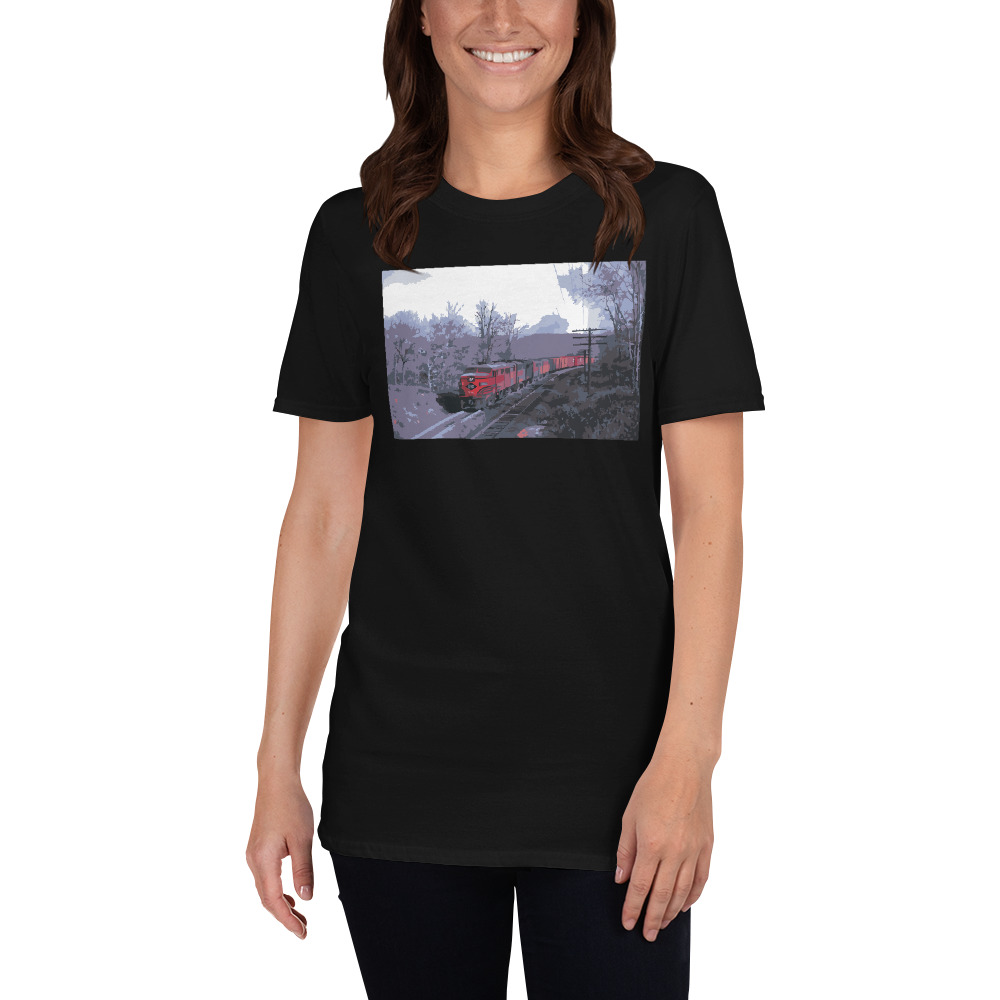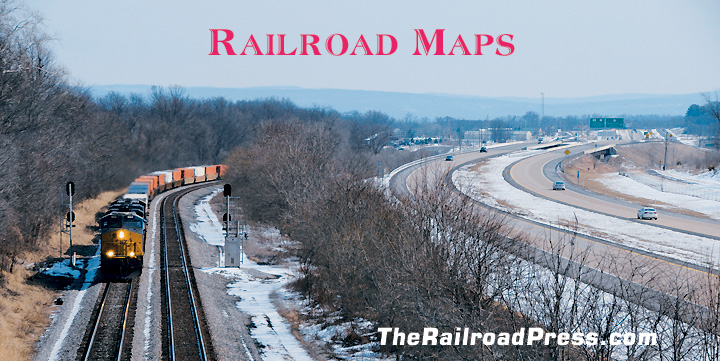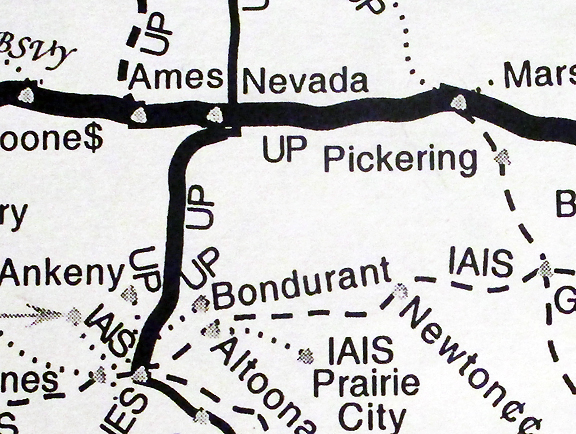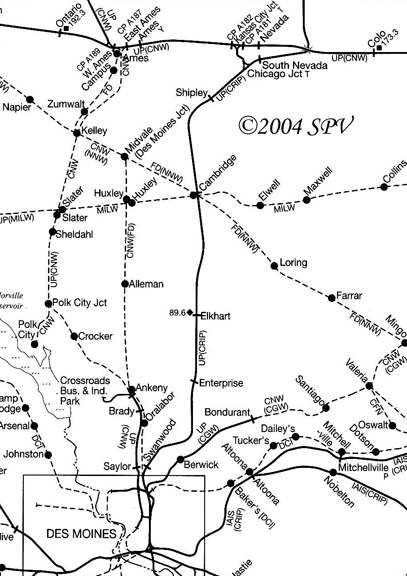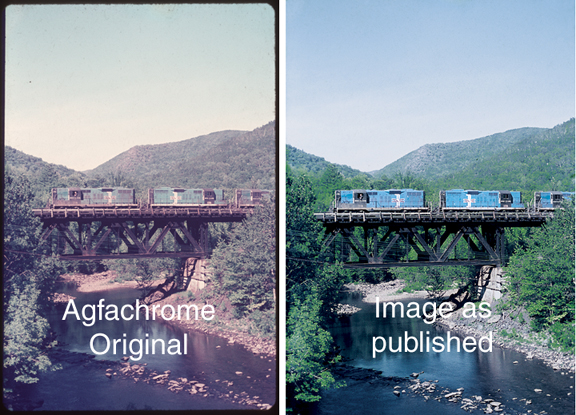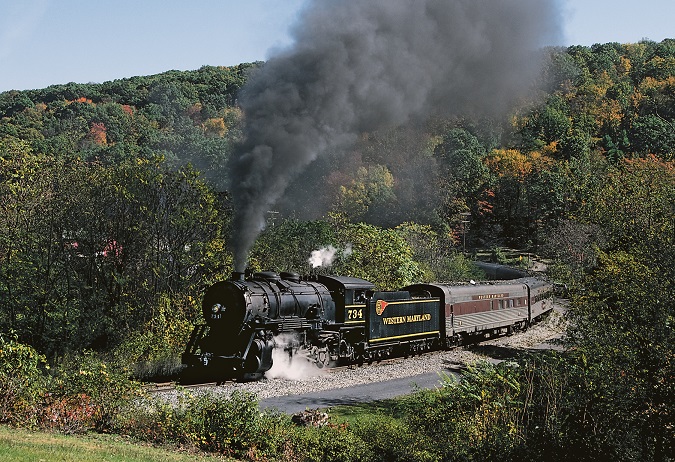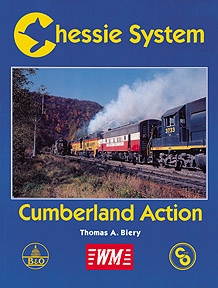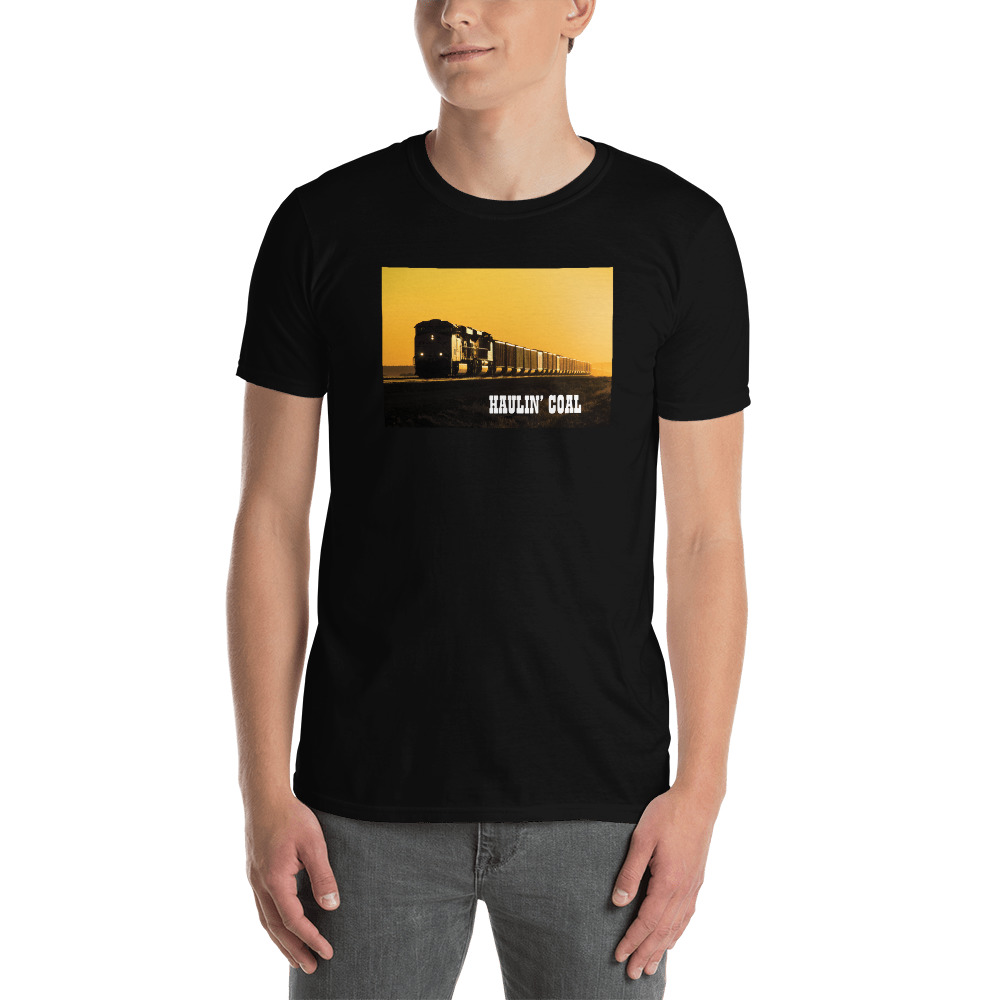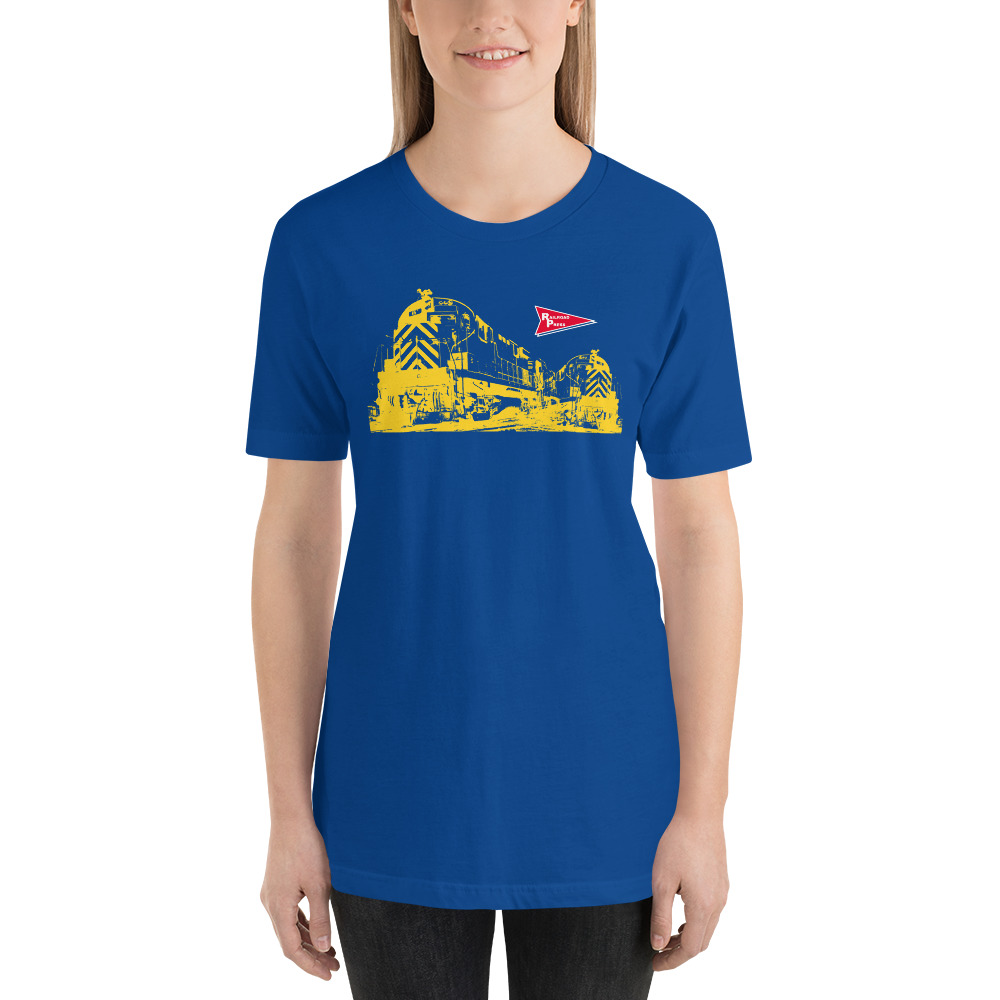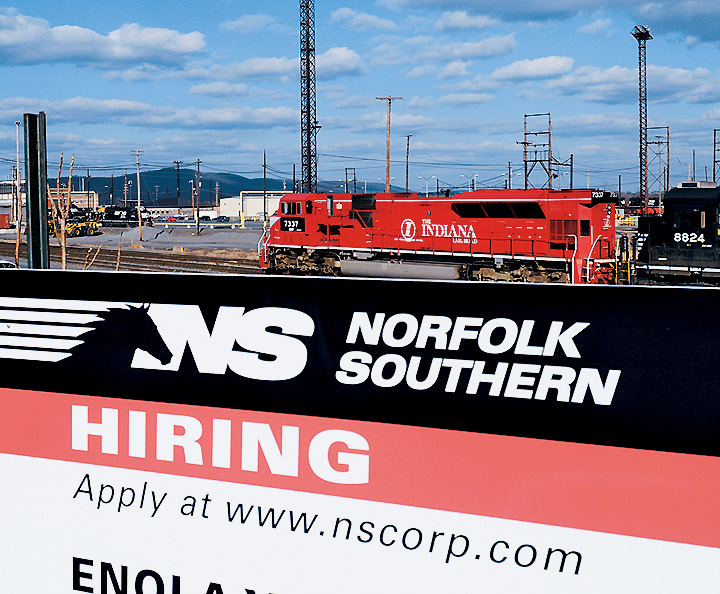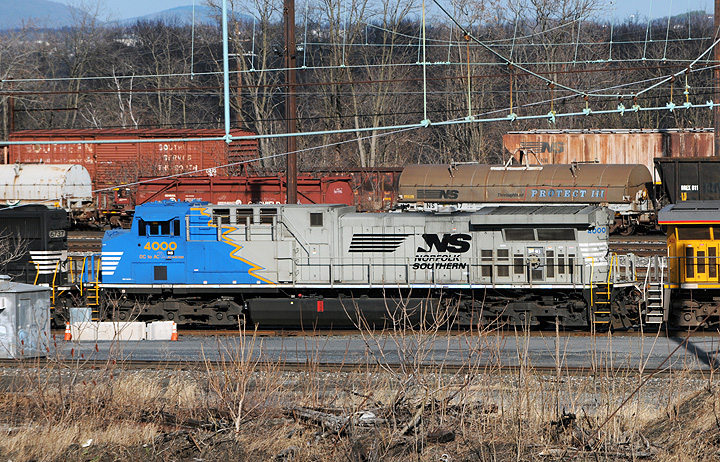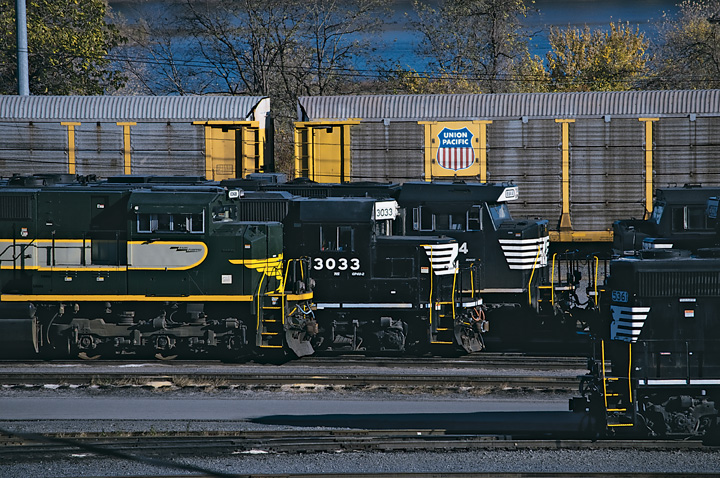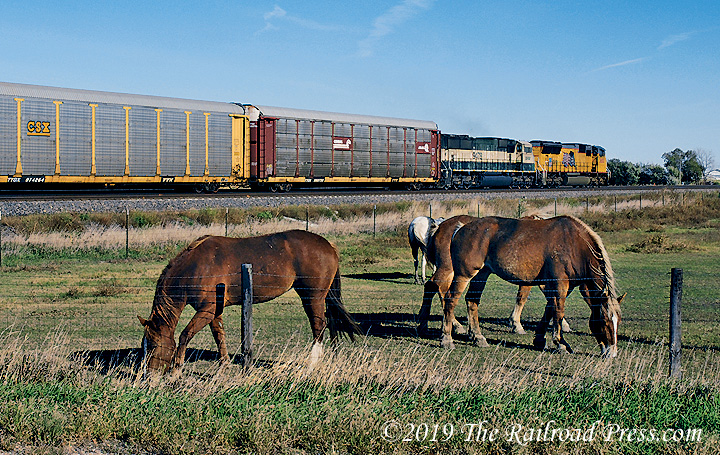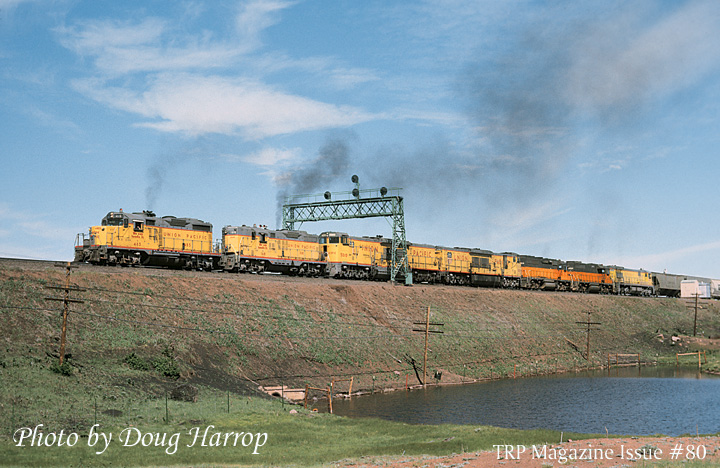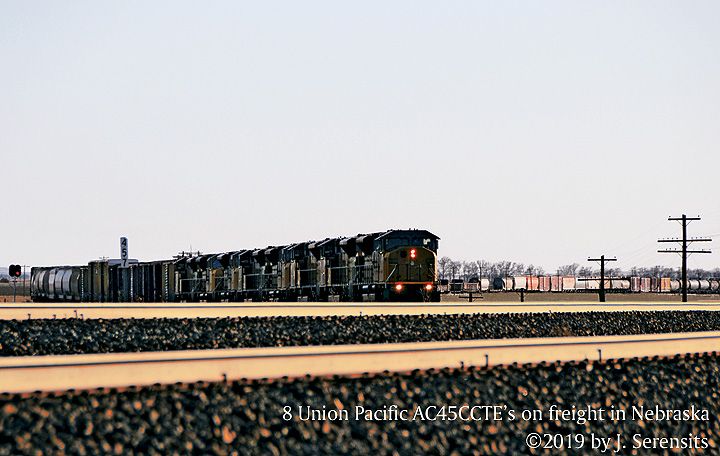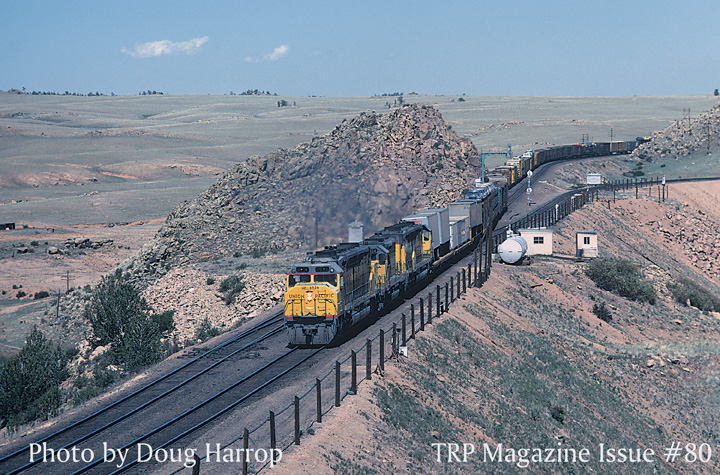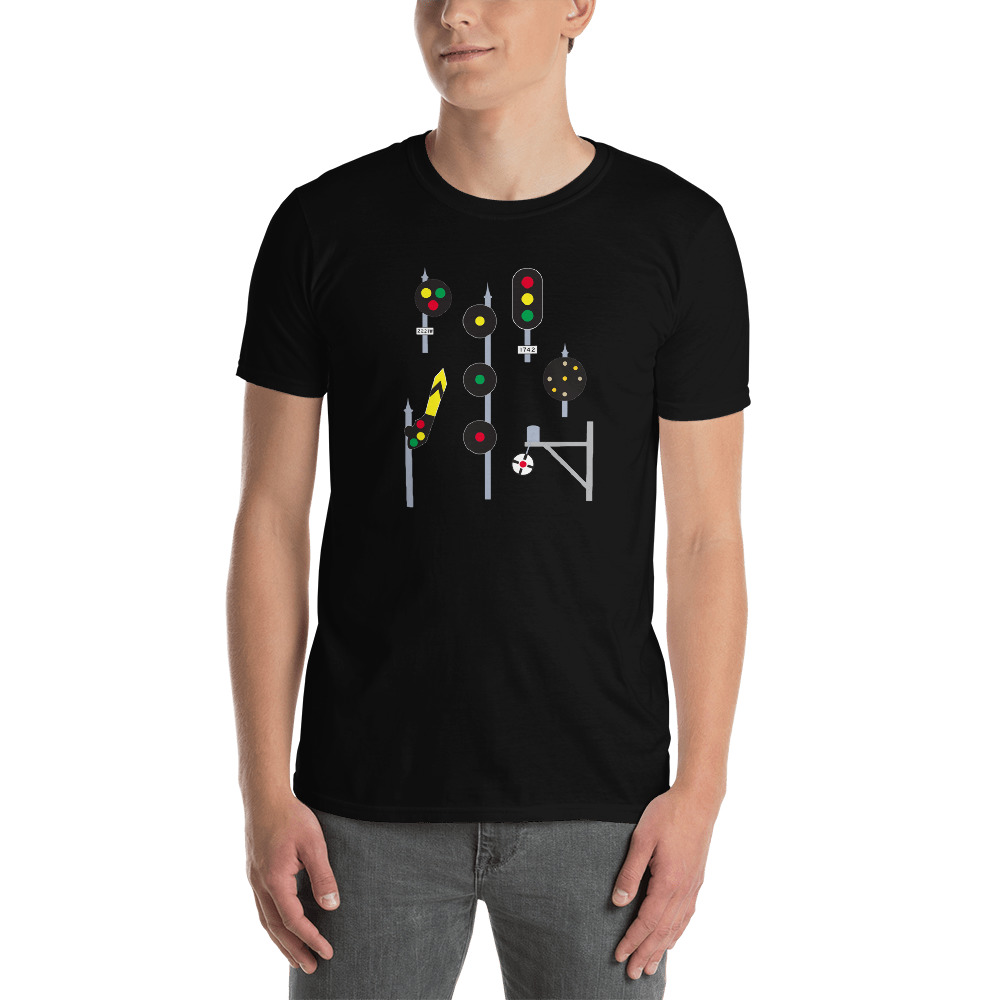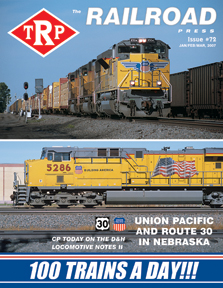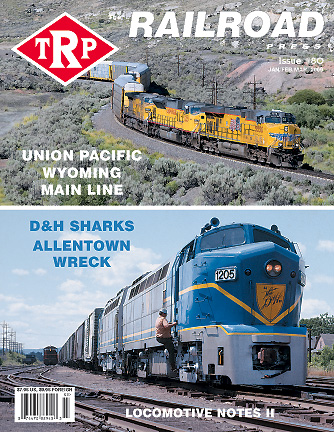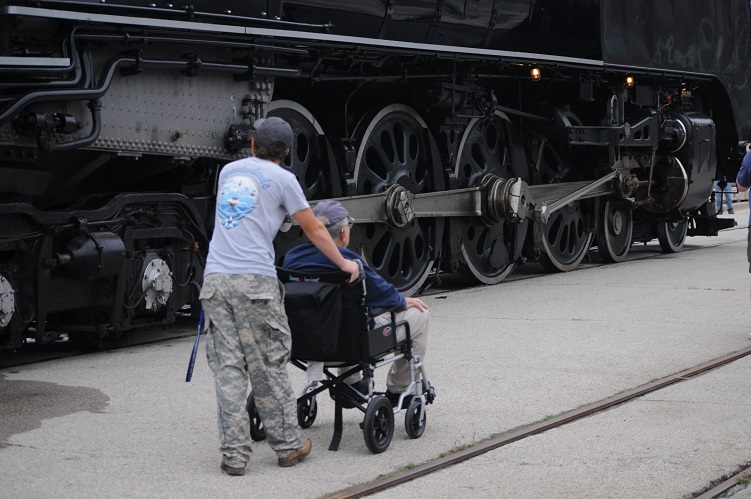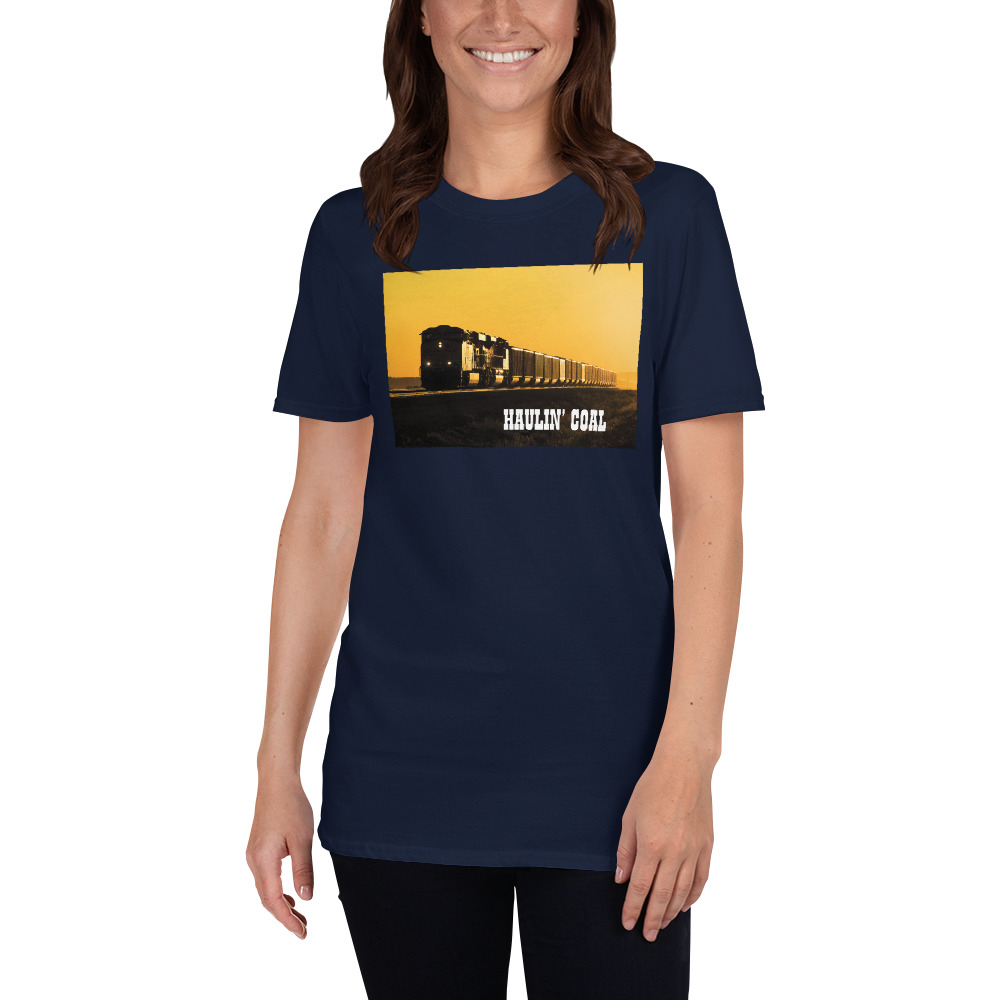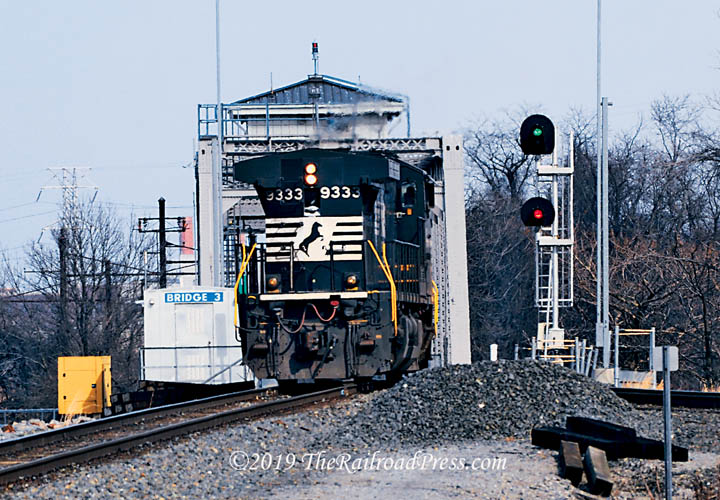
Bridge 3 in Wilmington, Delaware, is a place where modern machinery meets vintage architecture every day. This is Norfolk Southern’s Shellpot Branch (former PRR), which connects the Northeast Corridor with NS and the Delmarva Central lines heading into southern Delaware via the New Castle Secondary, which can be seen diverging off to the right side of the photo. This light engine move, consisting of C40-9W #9333, has just turned on the wye and is about to cross the swingbridge over the Christina River on its way back to nearby Edgemoor Yard. The Pratt through truss bridge was originally built in 1888 and taken out of service by Conrail in 1995 after 107 years of use. Since the Shellpot Branch was a bypass, freight then had to run right through the Wilmington passenger station! Norfolk Southern sought state assistance to rebuild the structure, and it was placed back in service in 2001. To repay the grant/loan NS must pay a toll for every railcar that crosses the bridge until 2021!
As an Amazon Associate I earn from qualifying purchases.
